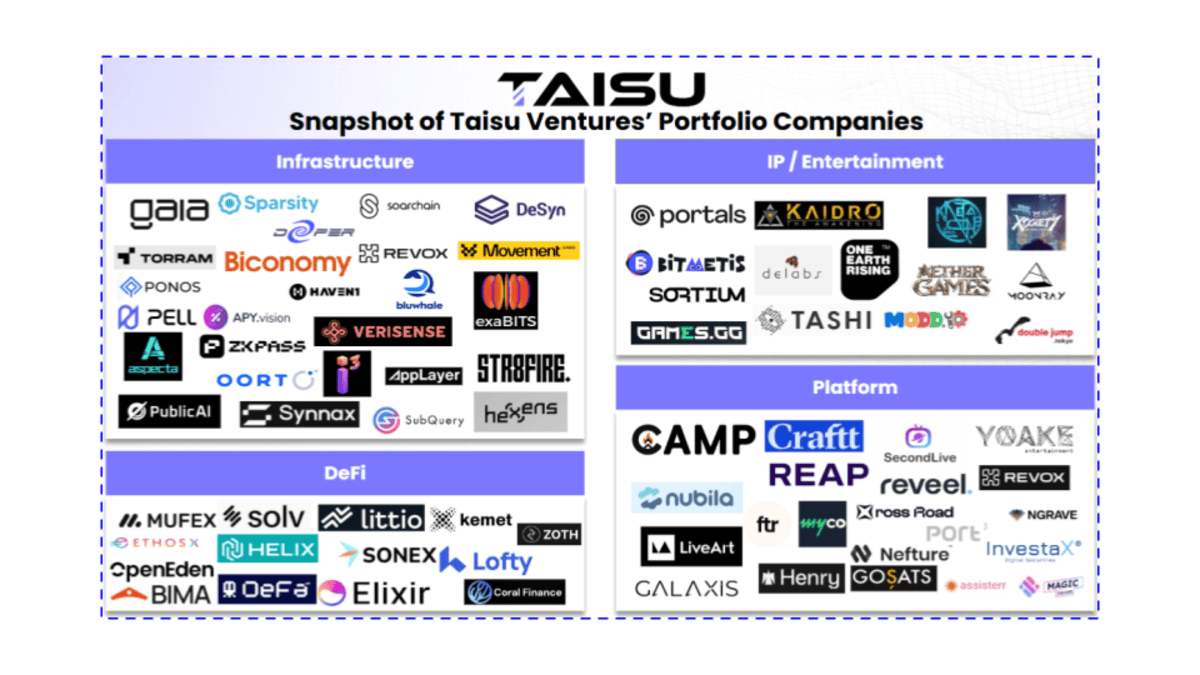Algorithmic Market Operations (AMOs) are a fascinating concept within the world of blockchain and cryptocurrency. They represent a unique approach to stablecoin design, offering a decentralized and scalable alternative to traditional stablecoins backed by collateral. In this article, we will dive into the details of AMOs, exploring how they work, their advantages, and some real-world examples.
What is Algorithmic Market Operations (AMOs)?
Algorithmic Market Operations (AMOs) are a type of stablecoin that relies on algorithmic market operation modules to control its supply. Unlike traditional stablecoins, which are fully collateralized and backed by fiat, crypto, or on-chain tokens, algorithmic stablecoins utilize AMOs to automatically manage their supply. This approach offers several advantages, including scalability, decentralization, and transparency.
An example of a collateralized stablecoin is Tether (USDT), which has a market value of over $60 billion as of July 2021. However, algorithmic stablecoins, unlike Tether, do not require manual minting or burning to adjust their supply. Instead, they depend on AMOs to regulate the supply, reducing the need for centralized decision-making and minimizing the risk of human error and manipulation.
AMOs possess four key properties:
- Decollateralization: This involves reducing the collateral ratio.
- Market operations: This part of the strategy does not alter the collateral ratio.
- Recollateralization: This involves increasing the collateral ratio.
- FXS1559: This refers to the precise amount of FXS that can be burned while still maintaining profits above the targeted collateral ratio.
To maintain stability, if the price of a stablecoin exceeds its peg, the collateral ratio is lowered, and the supply expands. Conversely, if the collateral ratio becomes too low and the stablecoin loses its peg, the AMO can utilize the recollateralization operation to increase the collateral ratio.
AMOs can be described as a “mechanism-in-a-box,” enabling anyone to build an AMO as long as they adhere to the specifications. These stablecoins employ complex algorithms in their smart contracts or algorithmic operated market controllers to adjust their circulating supply. This capital-efficient approach allows the stablecoin to issue additional coins when the price rises and burn them off when the value drops, eliminating the need for collateral backing.
Examples of algorithmic stablecoins include Basis Cash and Empty Set Dollar. Basis Cash utilizes an elastic supply model that aims to maintain its price stability through algorithmic adjustments. It expands and contracts its supply based on price movements, keeping the stablecoin closely pegged to its target price. Empty Set Dollar, on the other hand, focuses on valueless tokens that can be burned and redeemed for collateral when necessary, providing a flexible mechanism to maintain stability.
What are the advantages of Algorithmic Market Operations (AMOs)?
Algorithmic Market Operations offer several advantages compared to traditional collateralized stablecoins:
What is Scalability?
AMOs provide scalability by eliminating the need for manual minting or burning of stablecoins. Instead, the supply is dynamically adjusted through algorithmic processes, allowing for rapid expansion or contraction based on market conditions. This scalability makes algorithmic stablecoins suitable for various use cases, including decentralized finance (DeFi) and global remittances.
What is decentralization?
By relying on algorithmic processes, AMOs remove the need for centralized decision-making. This decentralization ensures that no single entity has control over the stablecoin’s supply, reducing the risk of manipulation and providing a more transparent and fair system.
What is transparency?
AMOs operate on smart contracts, which are executed on the blockchain. This means that every transaction and adjustment to the supply is recorded and transparently available for anyone to audit. This transparency builds trust and confidence among users, as they can verify the stability mechanisms in real-time.
What are real-world examples of Algorithmic Market Operations (AMOs)?
Let’s take a closer look at two popular algorithmic stablecoins:
What is Basis Cash?
Basis Cash is an algorithmic stablecoin project that aims to provide stability by adjusting its supply through elastic supply mechanics. It expands the supply when the price is above its target price and contracts it when the price is below. The algorithmic mechanisms utilized by Basis Cash aim to keep the stablecoin’s price closely pegged to its target.
What is Empty Set Dollar (ESD)?
Empty Set Dollar (ESD) is another algorithmic stablecoin that introduces the concept of valueless tokens. ESD utilizes a decentralized protocol that allows holders of valueless tokens to burn them and redeem them for collateral when necessary. This mechanism ensures stability by adjusting the supply dynamically based on market conditions.
In conclusion, Algorithmic Market Operations (AMOs) are a revolutionary approach to stablecoin design. By utilizing algorithmic processes, AMOs provide scalability, decentralization, and transparency to the stablecoin ecosystem. They eliminate the need for manual minting or burning, allowing for dynamic adjustments to the supply. Real-world examples like Basis Cash and Empty Set Dollar demonstrate the effectiveness of algorithmic stablecoins in maintaining stability while embracing the principles of decentralized finance.
Author: Sam Kazemian is the founder of FRAX, a fractional algorithmic stablecoin that is partially backed by collateral and stabilized algorithmically. FRAX is an open-source and permissionless stablecoin that has maintained its peg since its inception. Kazemian is a leading blockchain entrepreneur and crypto enthusiast, with experience as the co-founder of Everipedia. He is also a frequent guest lecturer at UCLA, covering topics such as crypto, computer science, and entrepreneurship.














